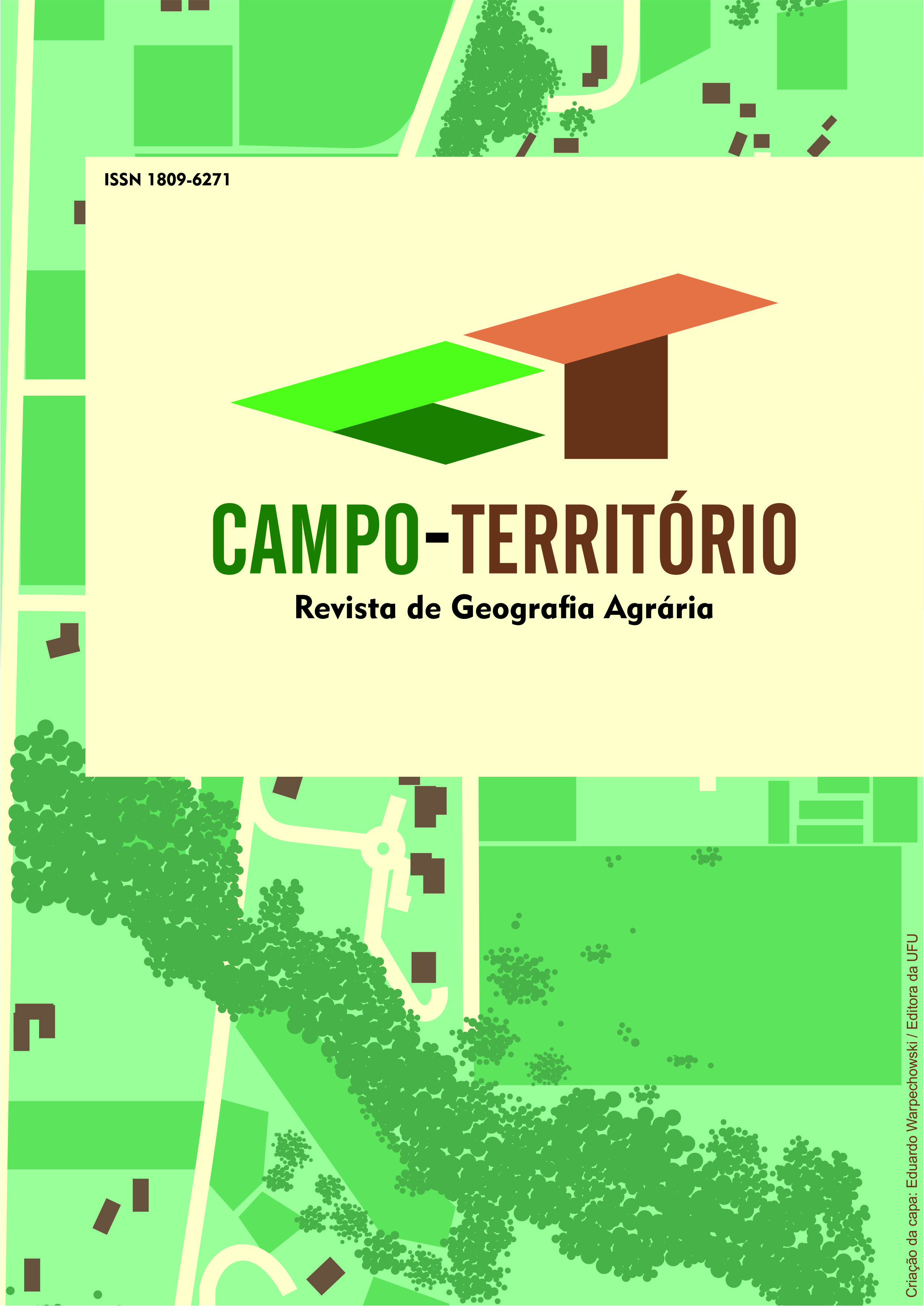The use of social cartography in the construction of community tourism
the case of the Quilombola-Fishing Territory of Cumbe, Aracati, Ceará, Brazil
DOI:
https://doi.org/10.14393/RCT174865941Keywords:
Territory, Cumbe, Social cartography, Conflits, ResistanceAbstract
The quilombola-fishing territory of Cumbe is going through conflicts due to the presence of so-called “developmentalist” enterprises, such as shrimp farming and wind energy, which deprive the territory and impede the quilombolas' ways of life. The community sees community tourism as a form of resistance to their customs and experiences, and social cartography emerges as a methodology for territorial recognition. The general objective of the article is to understand how social cartography can be used as a tool to visualize subjects and their daily and cultural activities on the same map, using participatory research practices developed in university extension projects. Social cartography then emerges as an important research tool for the visualization of territories and traditional communities.
Downloads
Downloads
Published
How to Cite
Issue
Section
License
Copyright (c) 2023 Revista Campo-Território

This work is licensed under a Creative Commons Attribution-NonCommercial-NoDerivatives 4.0 International License.































